
 By Victor Duda
By Victor Duda
In connection with the statement of the head of the Kremlin, Defense Express analysts found out about the format of the nuclear tests and where the Russian military can conduct them. The article noted that Moscow's official rhetoric about returning to nuclear tests is not the first time. As early as November 2023, Russia suspended its participation in the Comprehensive Nuclear-Test-Ban Treaty (CTBT), effectively freeing itself from international obligations in this area.
It was from the end of 2023 that Russia began technical and infrastructural preparations for a possible nuclear detonation. For this, according to analysts, the test site on the Novaya Zemlya archipelago can be used, where 132 nuclear explosions were conducted from 1955 to 1990, including the famous "Tsar-bomb" with a capacity of 58 megatons, which became the most powerful thermonuclear charge in history. Of these, only 42 explosions were underground, the rest — atmospheric or underwater.
Now that there are no legal restrictions on such tests in the Russian Federation, the key question is what the format of a potential explosion will be. If Russia recognizes the validity of the 1963 Treaty Banning Nuclear Weapons Tests in the Atmosphere, Space and Underwater, then the tests will most likely take place underground. This option, however, will not give Moscow the desired media effect, since the maximum that the federal channels will show is a shaky camera and seismic vibrations.
However, if Russia decides to withdraw from this treaty, an atmospheric or underwater explosion is possible, the last of which humanity saw 45 years ago - in 1980, when China conducted an explosion at the Lobnor test site. An atmospheric test can give the Kremlin a spectacular "picture". "Whether we should expect the Kremlin to launch a missile with a nuclear warhead from the test site on Novaya Zemlya depends only on the assessment of Putin's mental state," the analysts concluded.
It will be recalled that on November 5, the US Air Force conducted a test launch of the Minuteman III intercontinental ballistic missile. The main purpose of the ICBM test launch was to check the reliability, operational readiness and accuracy of the missile system.


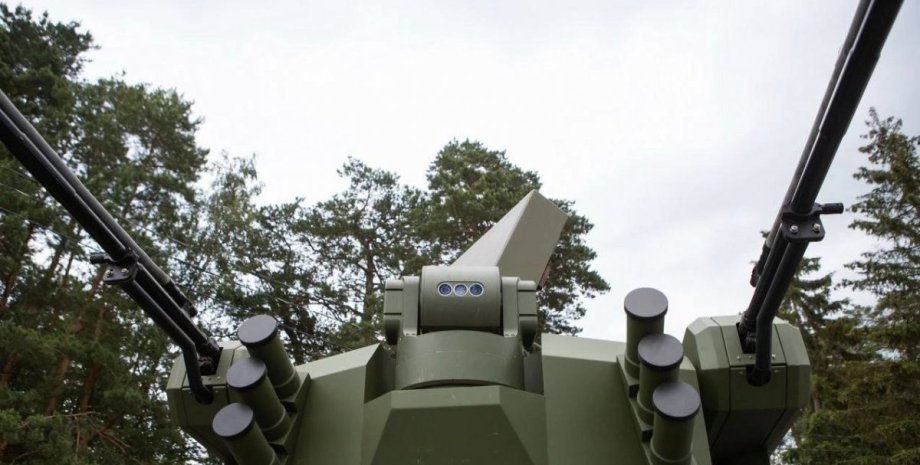
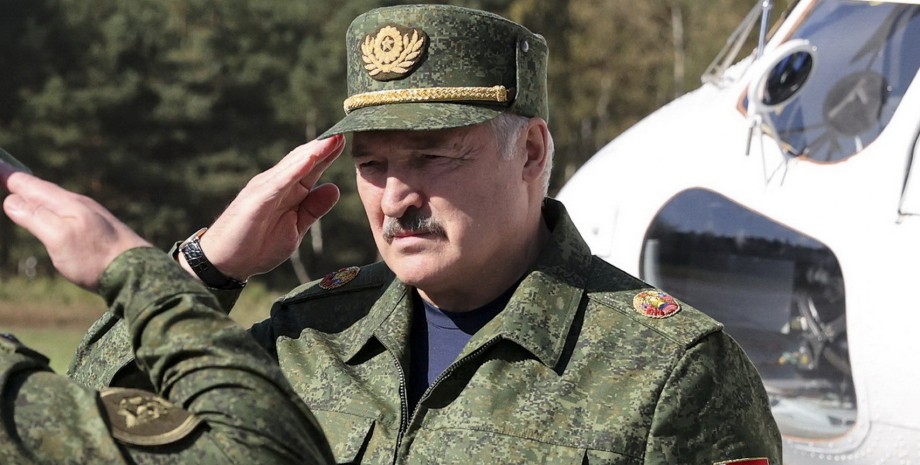


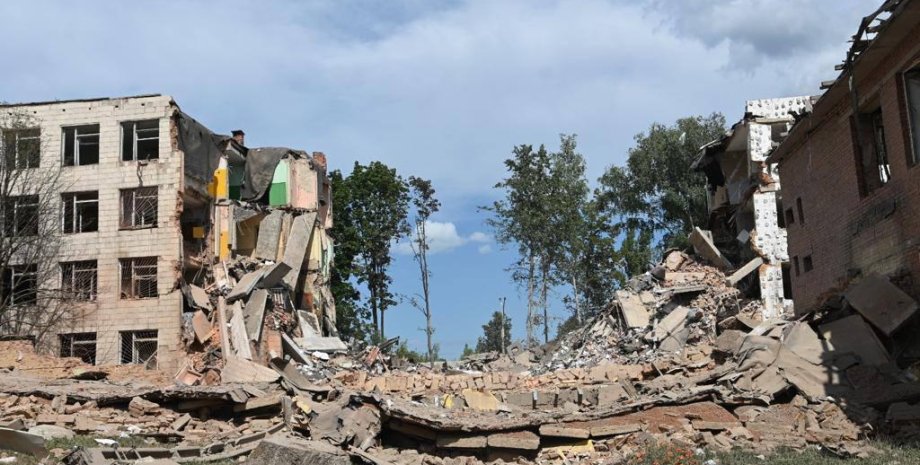
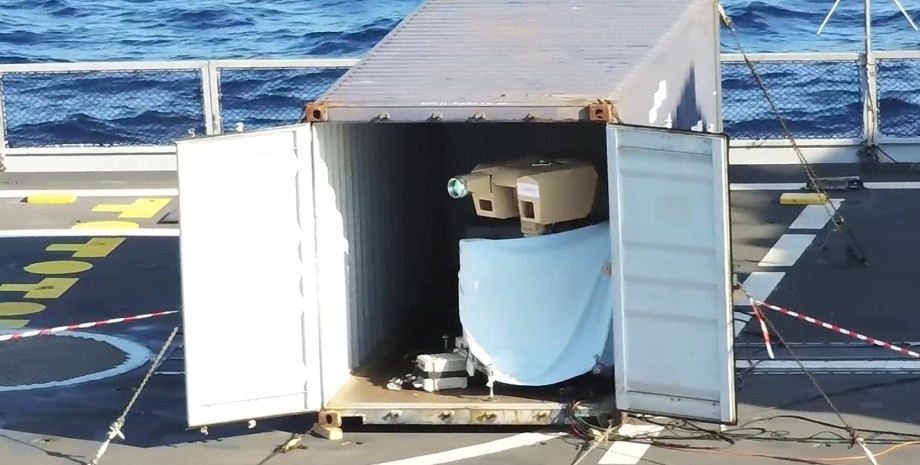

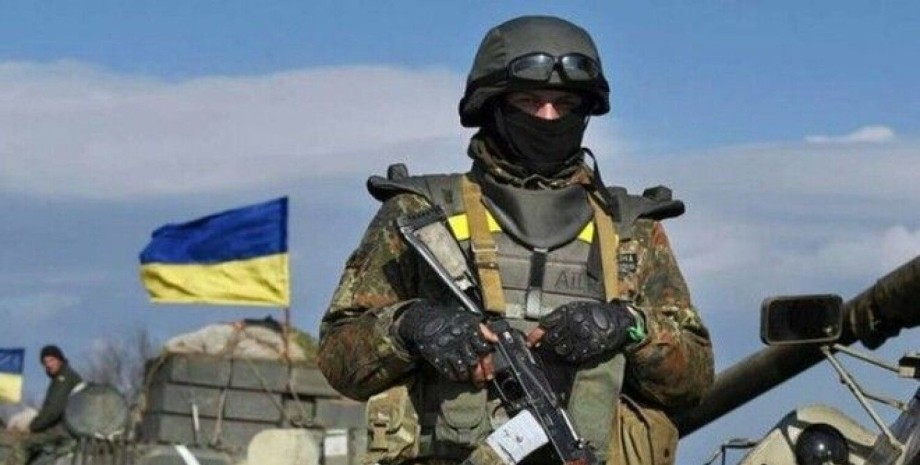
All rights reserved IN-Ukraine.info - 2022